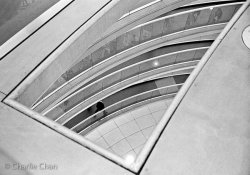Alex1994
Member
- Joined
- Jan 22, 2010
- Messages
- 129
- Format
- 35mm
I've got 3 rolls of this on holiday with me here in Greece (plenty of other films as well) 2 35mm and 1 in 120. I plan to shoot two of them at around box EI and push the other one.
This will then be developed in D-76 in my Paterson tank.
What EIs are ideal for this film? 400, 320, 800, 1600...what do I need to consider, what works well, what do the results look like. I'm interested in just about everything about this film.
Thanks
Alex
This will then be developed in D-76 in my Paterson tank.
What EIs are ideal for this film? 400, 320, 800, 1600...what do I need to consider, what works well, what do the results look like. I'm interested in just about everything about this film.
Thanks
Alex
Last edited by a moderator:










 Enjoy your vacation! Greece is a beautiful country.
Enjoy your vacation! Greece is a beautiful country.
